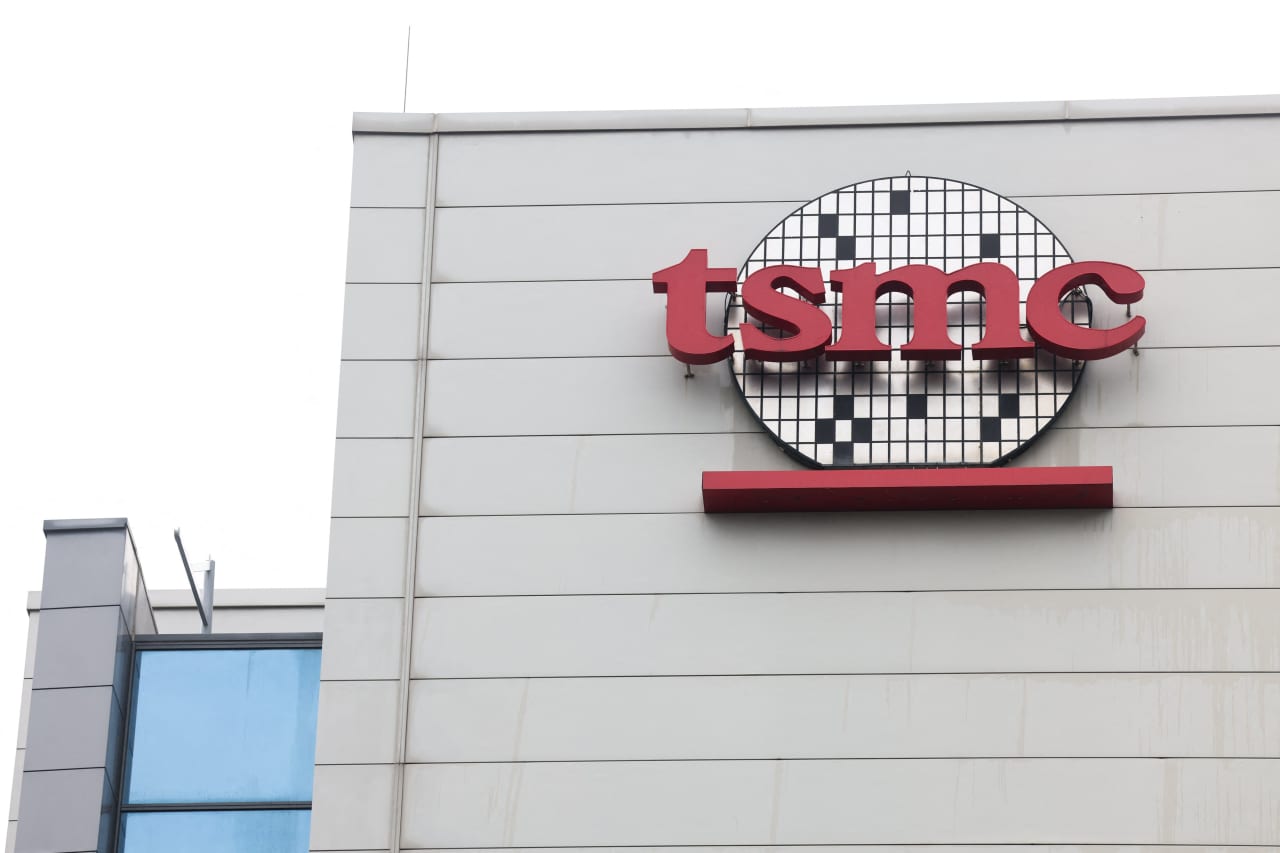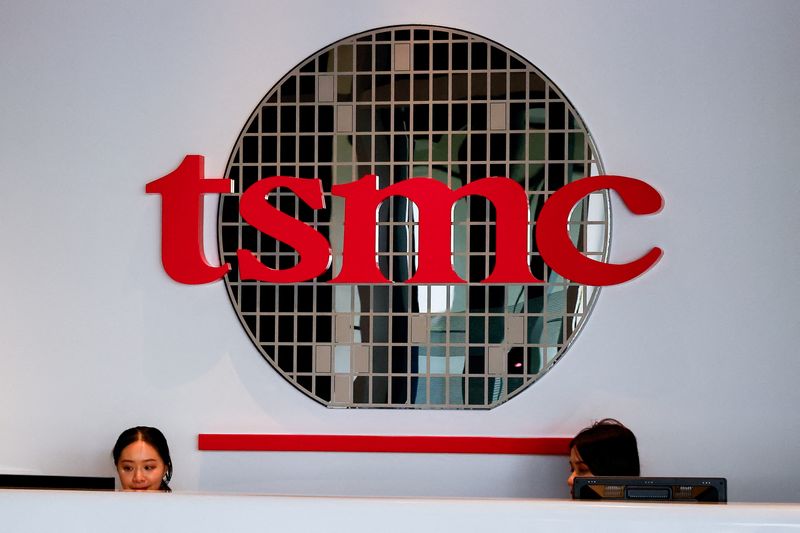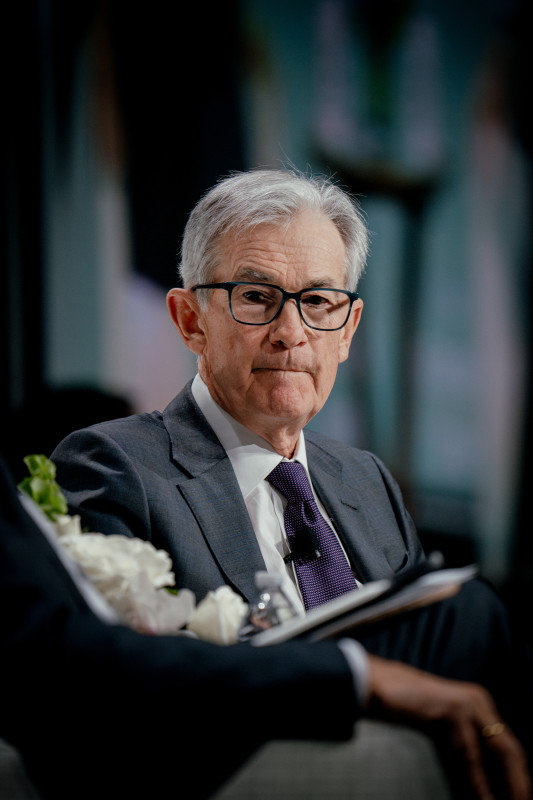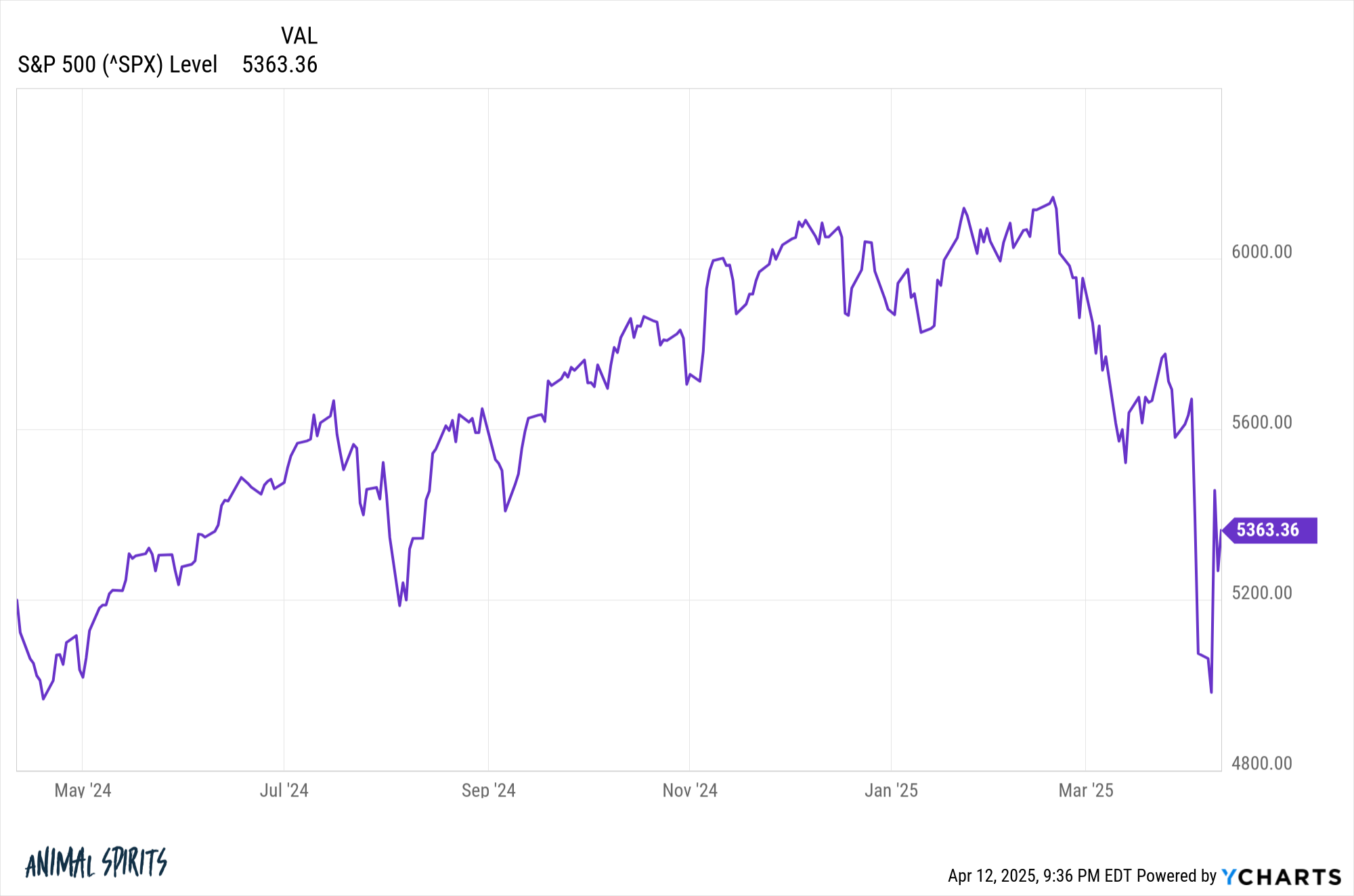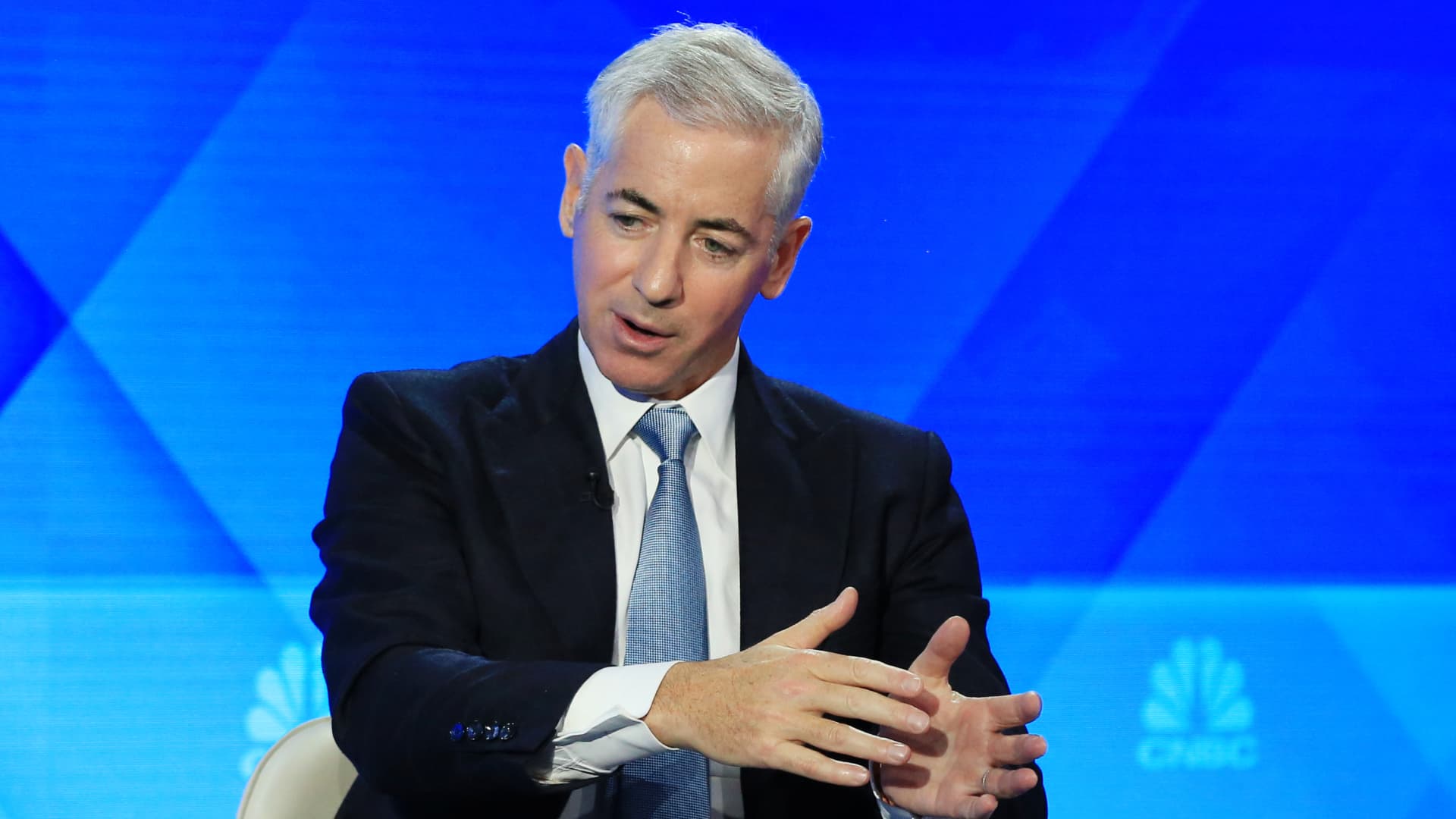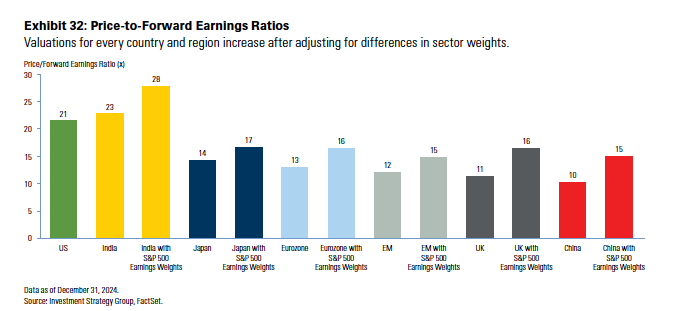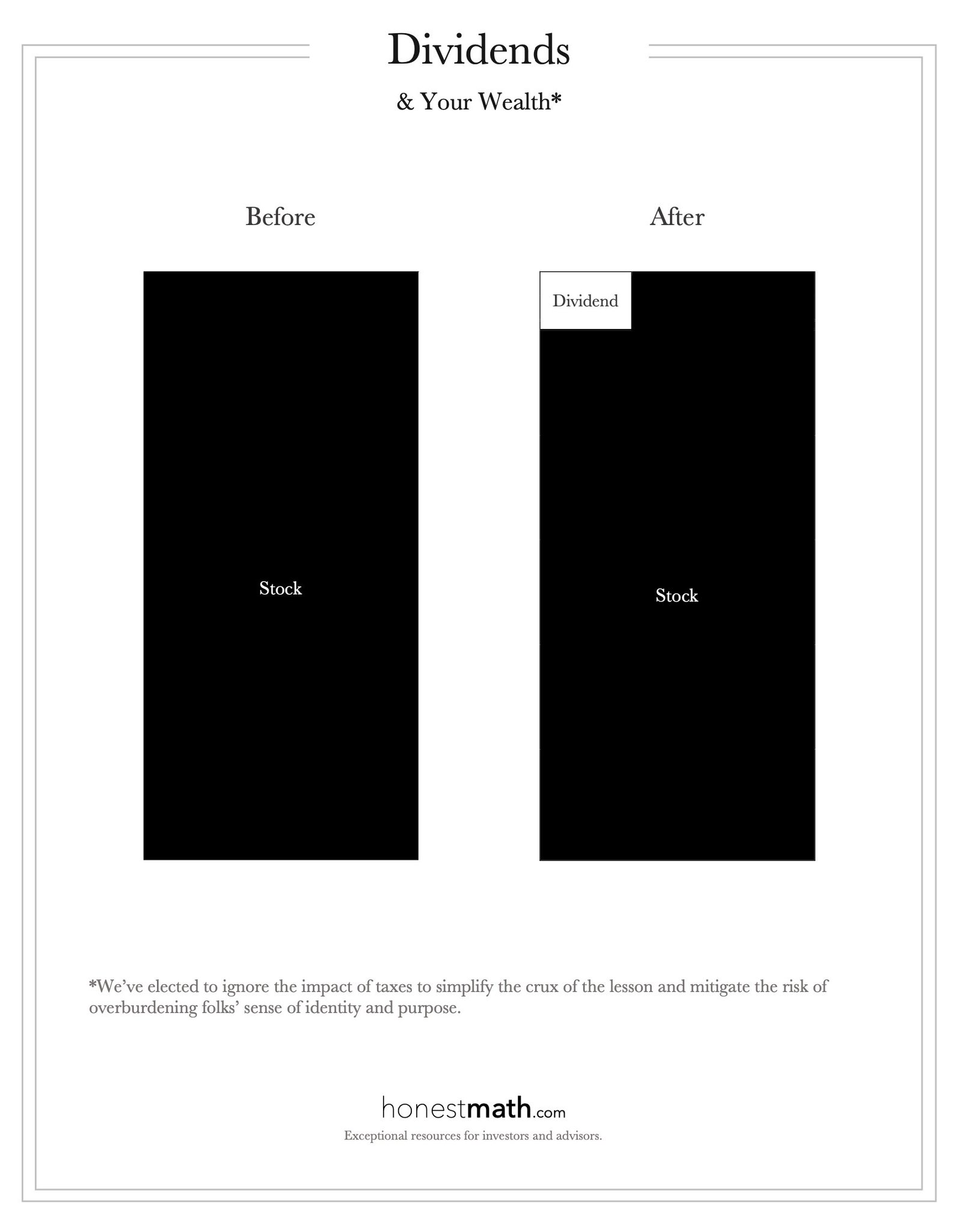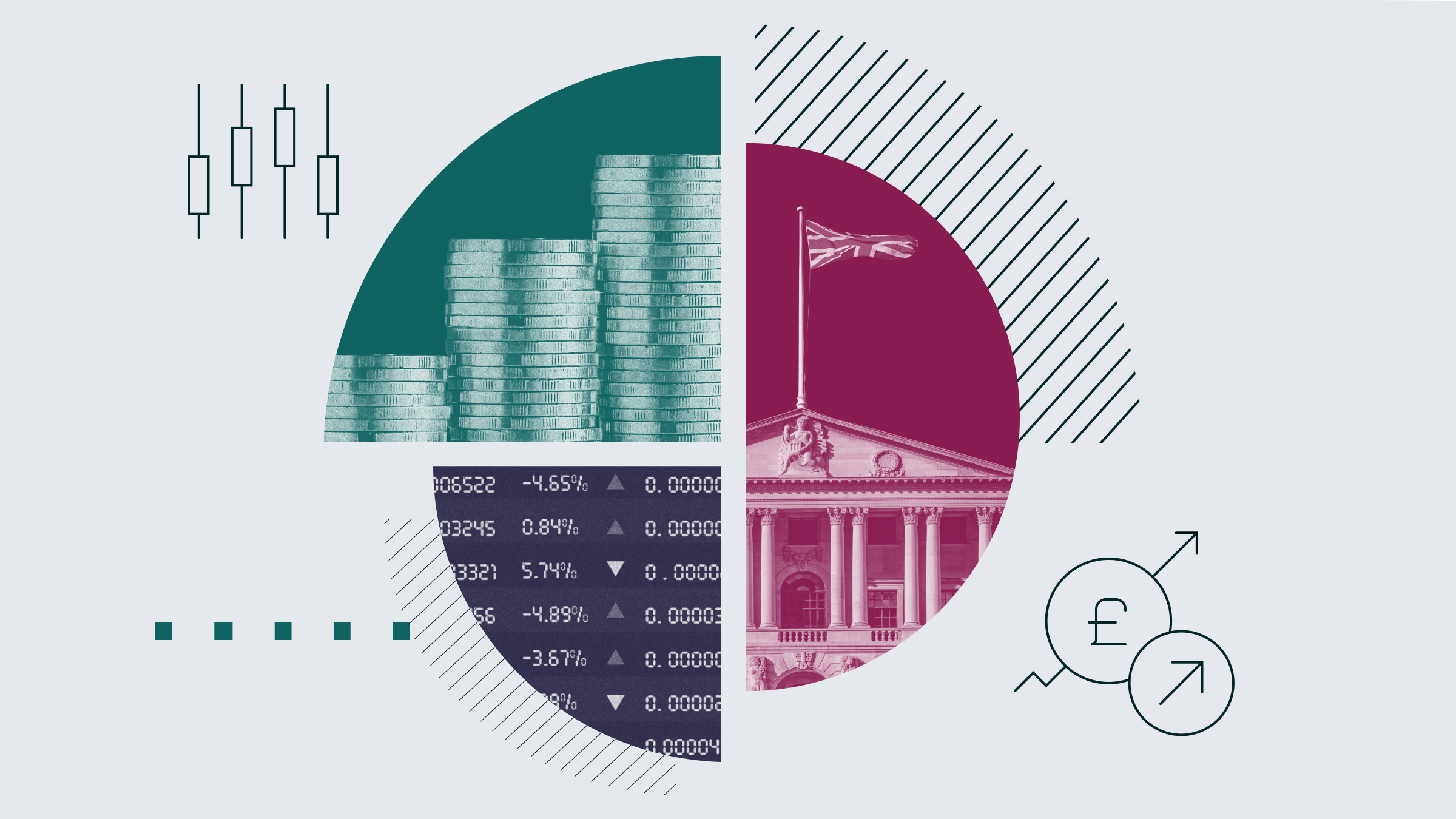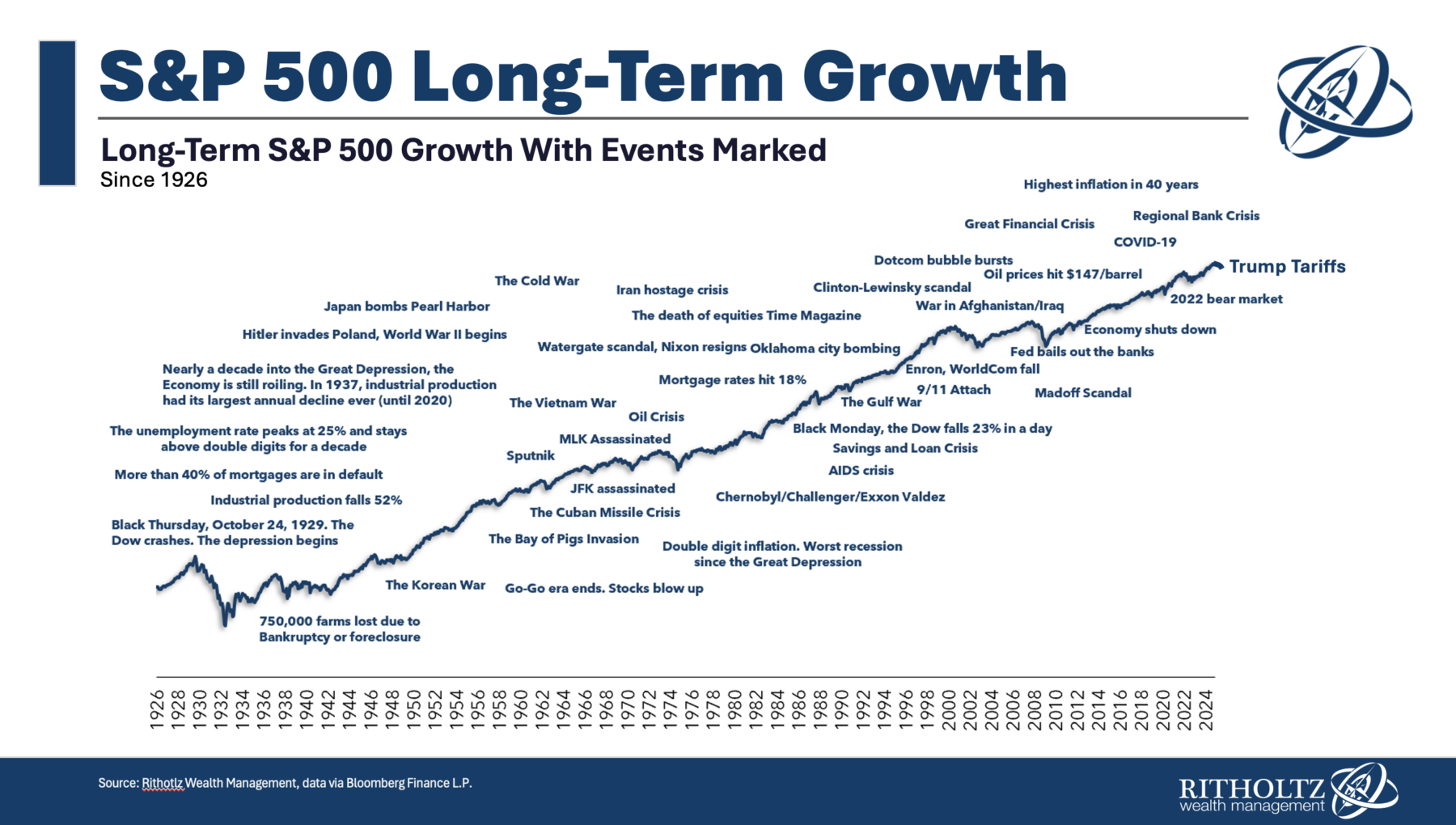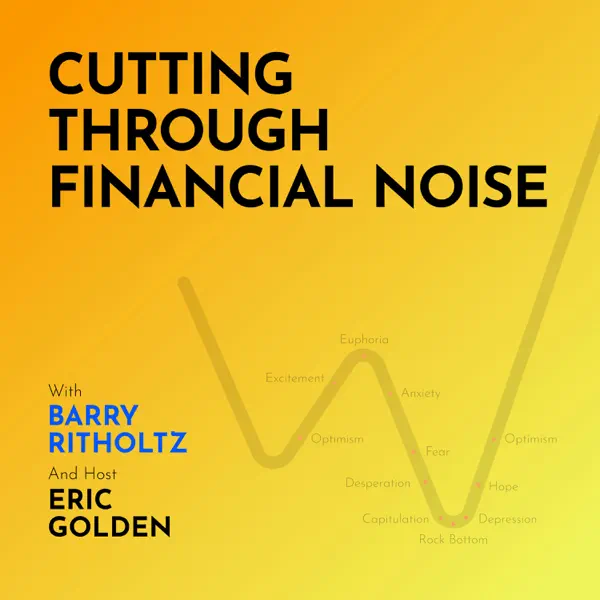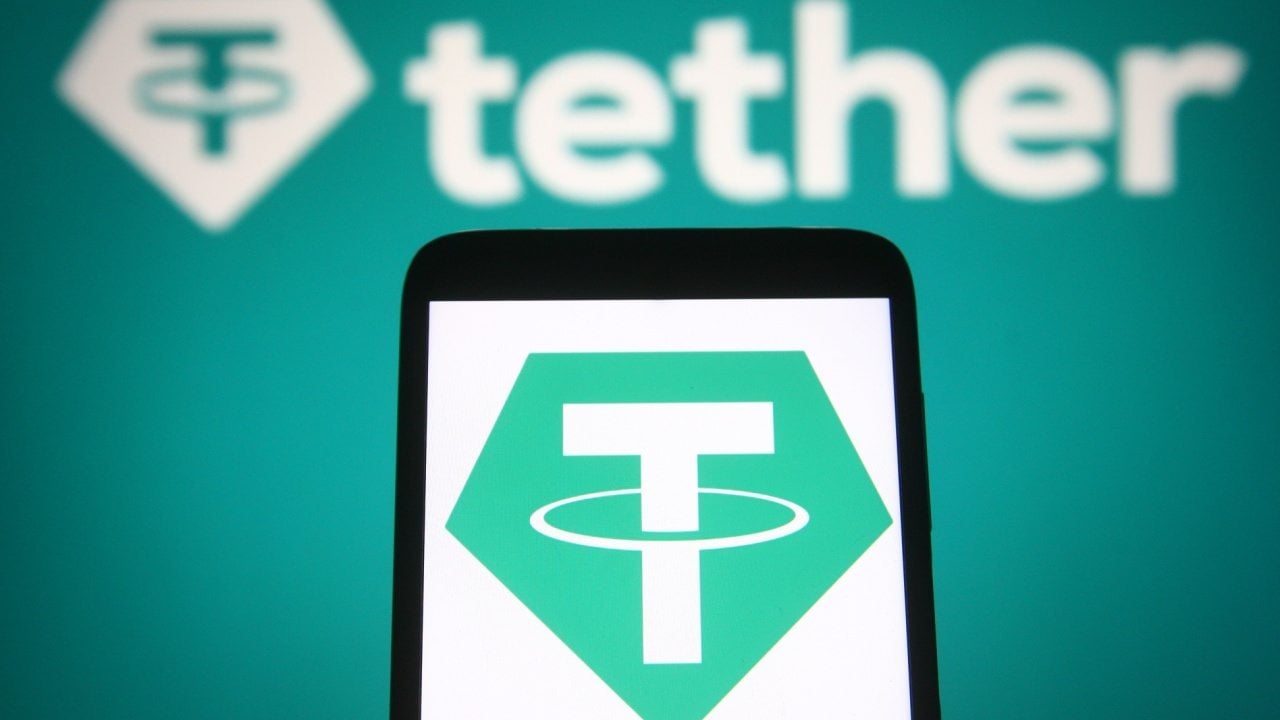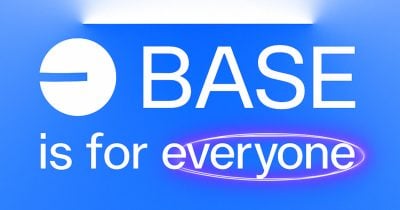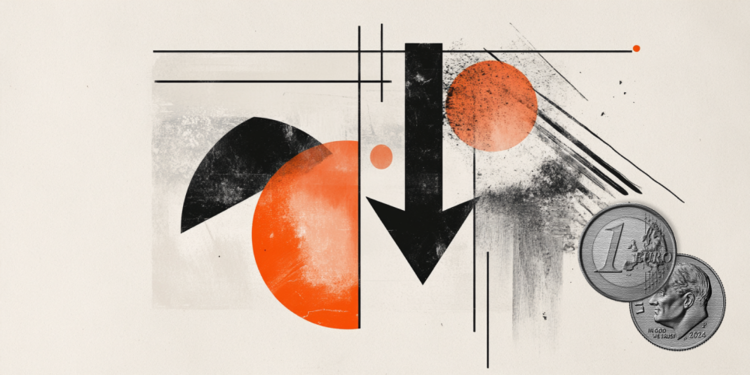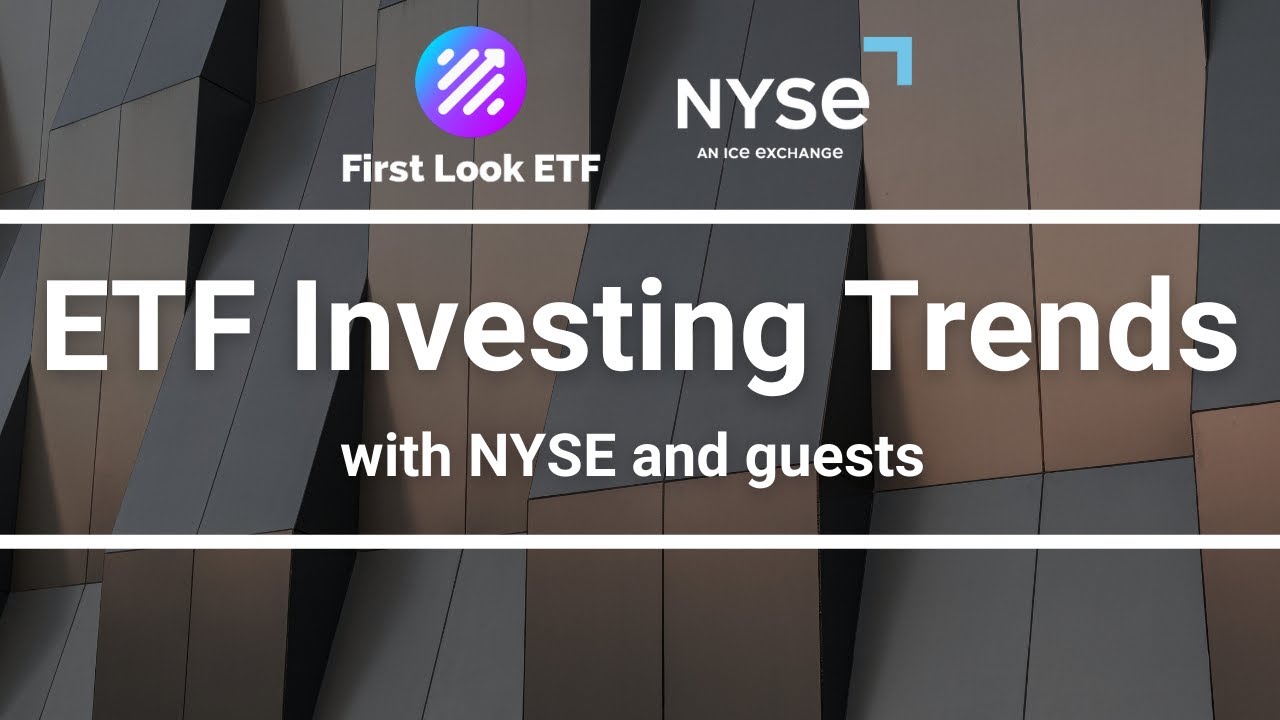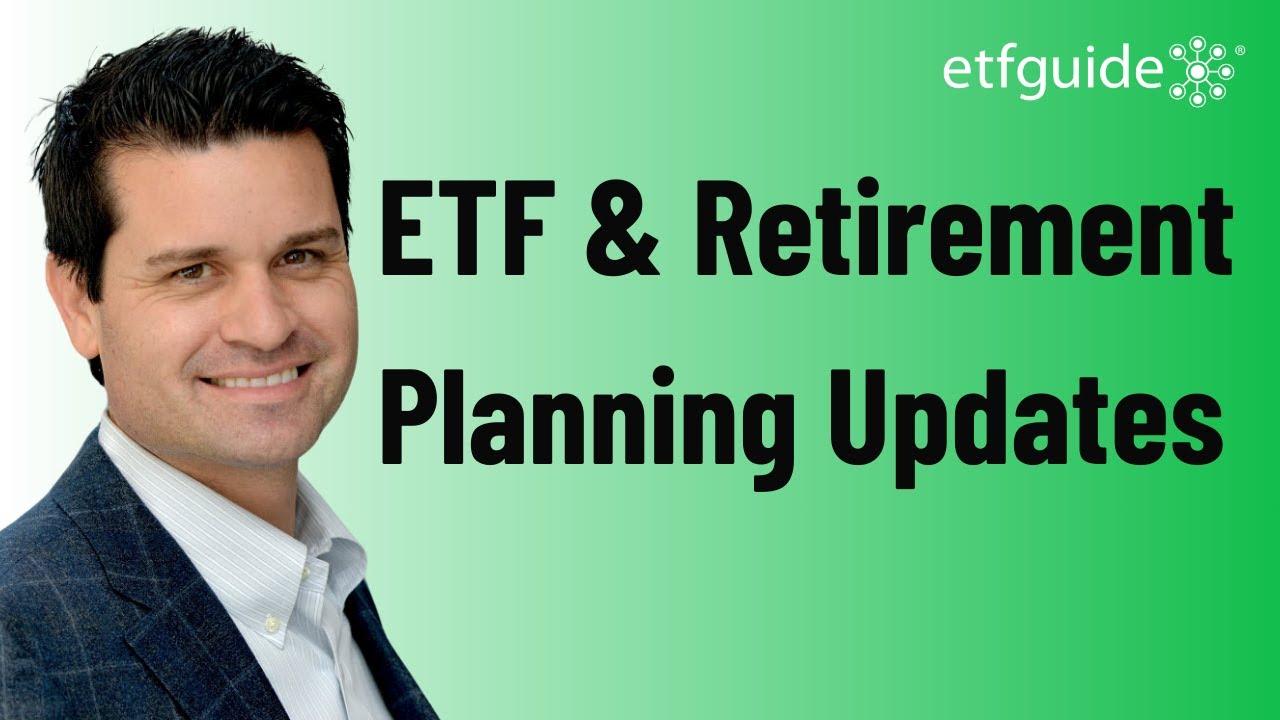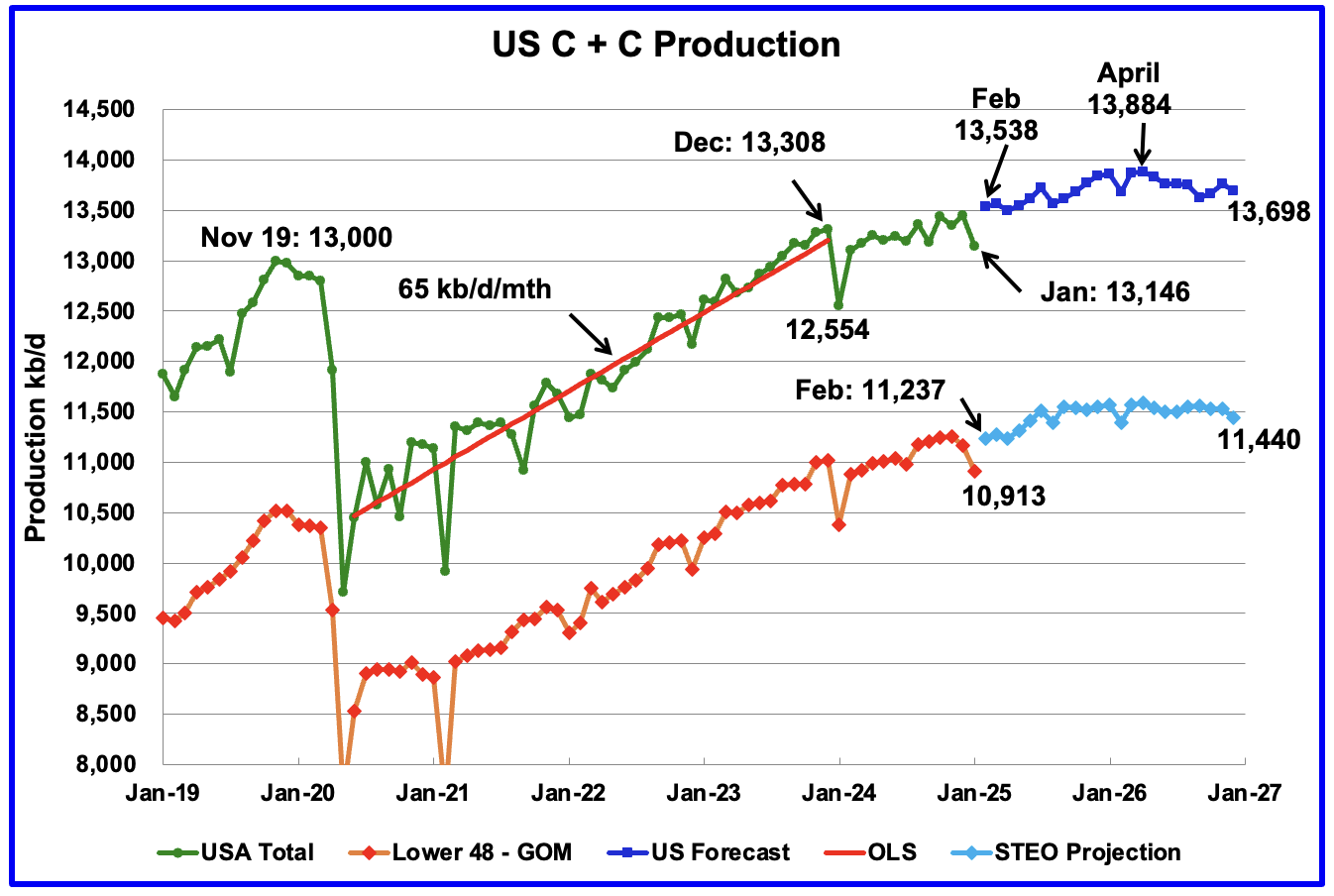I’m 30, Debt-Free, and Worried About Retirement: How Can I Start Planning for My Future?
A 30-year-old Reddit user is concerned about planning for the future. The original poster (OP) has no debt, but also has nothing at all saved for retirement. So, how can he get started and ensure that he’s able to set himself up for financial security as a senior? Here are some of the key steps […] The post I’m 30, Debt-Free, and Worried About Retirement: How Can I Start Planning for My Future? appeared first on 24/7 Wall St..

Key Points
-
A 30-year-old Reddit user with no retirement savings is concerned about the future.
-
Setting a retirement savings goal should be the first step.
-
The poster will need to decide on a type of retirement plan and start investing.
-
Are you ahead, or behind on retirement? SmartAsset’s free tool can match you with a financial advisor in minutes to help you answer that today. Each advisor has been carefully vetted, and must act in your best interests. Don’t waste another minute; get started by clicking here here.(Sponsor)
A 30-year-old Reddit user is concerned about planning for the future.
The original poster (OP) has no debt, but also has nothing at all saved for retirement. So, how can he get started and ensure that he’s able to set himself up for financial security as a senior?
Here are some of the key steps to take
1. Set a retirement savings goal
The first step towards saving for a secure retirement is knowing how much to save. That way, you’ll understand exactly what you’re going to be working towards and can work backward from there and figure out the amount to invest every month.
There are many ways of estimating the amount you need for your final nest egg. If you plan to follow the 4% rule, which sets a safe withdrawal rate at 4% of your investment account balance, then you’d multiply the income you need your investments to produce by 25. So, if you wanted $50K in income from your retirement plan, you’d need $1.25 million. You can also multiply your projected final salary by 10 to estimate your target number.
After figuring out this big number, use an online calculator to figure out the amount to invest each month given your target retirement date.
2. Start contributing to a tax-advantaged account
Once you know how much to invest, you can set up automatic contributions of that specific amount to a tax-advantaged retirement plan. There are a few options for which plans you may want to use, including:
- A traditional or Roth 401(k): 401(k) plans are offered by your employer, and you usually sign up through HR. Many employers offer matching contributions, so if you contribute, they contribute additional money for you. The match may be a 50% or 100% match (or some other percentage). It usually goes up to a maximum percentage of your salary, such as 4% or 6%. If you are offered a match, you should invest enough in a 401(k) to claim the free money your employer offers.
- A traditional or Roth IRA: These accounts can be opened at any brokerage firm. They give you more choices of investments. You may want to switch to contributing to them after earning your full employer match for the added flexibility. However, there are income limits to be aware of before making contributions.
- An HSA: If you have a qualifying high-deductible health plan, you can put money into a health savings account. This money can be used for medical costs now, but can also be left alone to grow tax-free. You can deduct contributions and take withdrawals without owing tax if the funds are used for qualifying medical expenses, so they’re a great way to save for healthcare in retirement. After 65, the money can also be taken out for any reason, but you’d owe ordinary income tax if it’s not used for medical care.
When deciding between a traditional or Roth account, the key difference is that traditional accounts allow you to contribute with pre-tax dollars, while you must pay taxes on withdrawals, while Roth accounts are contributed to with after-tax funds but withdrawals are tax-free.
Roths may be a better option to defer your tax breaks if you think your tax rate will be higher later. Otherwise, you may prefer the up-front tax savings when you make your investments.
3. Choose the right investments
Once you’ve put money into your accounts, you need to decide where it goes. You have limited choices in 401(k) and HSA accounts, but you may be able to invest in almost anything you want in IRAs.
Target-date funds are popular in 401(k) plans because they allocate your assets appropriately based on your chosen retirement date. They do come with higher fees, though. If you do a little research, you can create a customized asset allocation on your own and buy different funds in your 401(k).
As for your IRA investments, many people do best with a simple S&P 500 index fund that tracks the performance of around 500 large U.S. companies. However, if you can take the time and have the knowledge to research individual stocks, you may be able to beat the S&P. The right choice depends on your risk tolerance and level of knowledge.
4. Consider talking with a financial advisor

Finally, you should seriously consider talking with a financial advisor to help you make a comprehensive retirement plan. Your advisor can think of things you miss, and can help you to ensure you’re choosing the right accounts and the right investments to set yourself up for a secure future.
The post I’m 30, Debt-Free, and Worried About Retirement: How Can I Start Planning for My Future? appeared first on 24/7 Wall St..




















